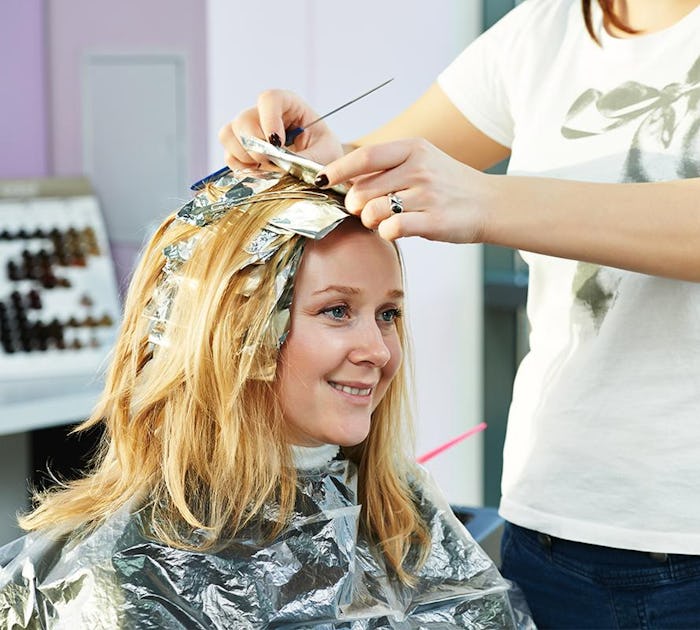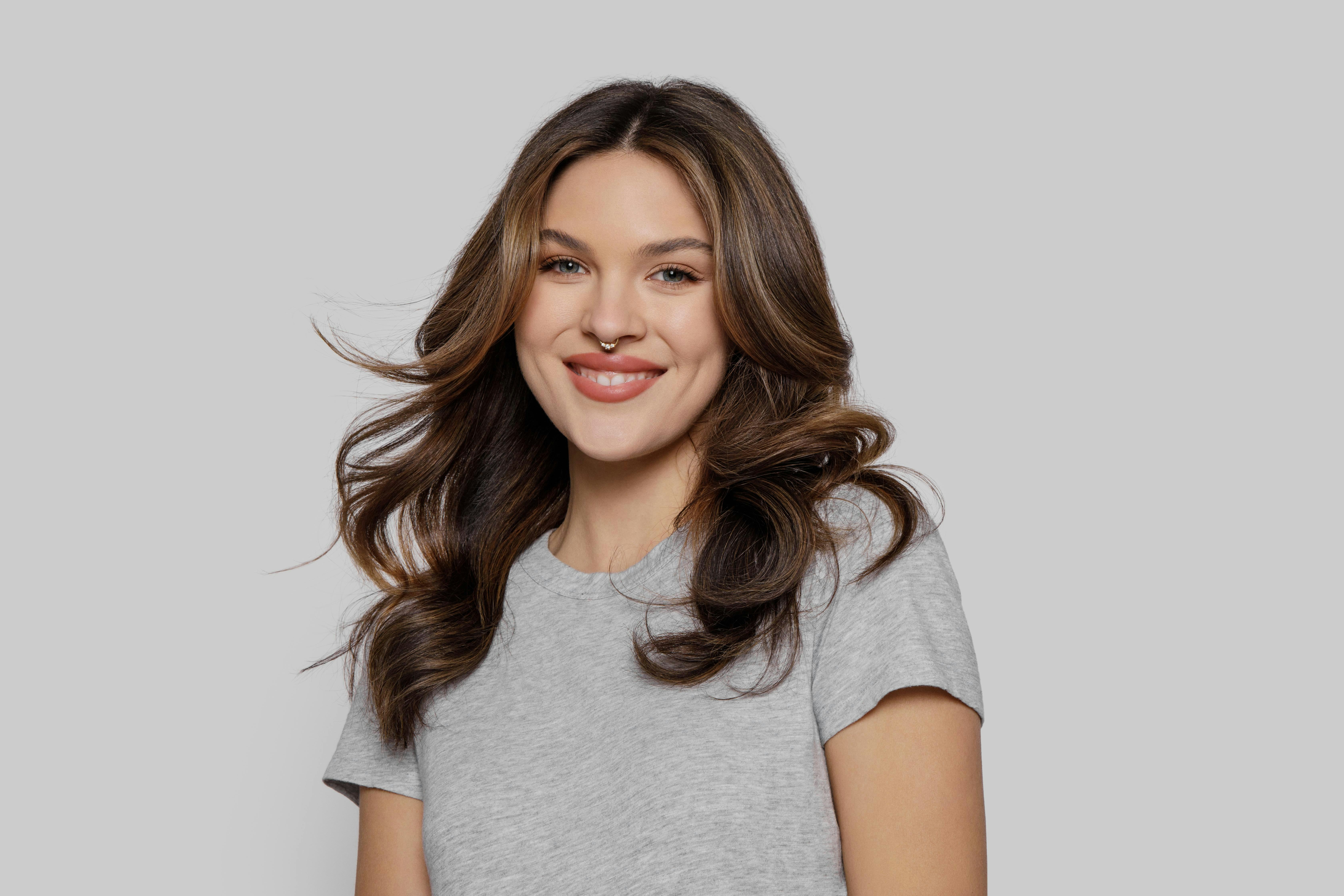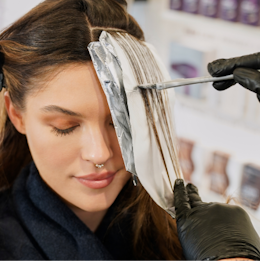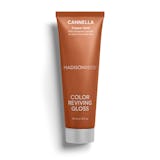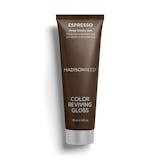What are Hair Foils?
Foil highlights, also called “foiling”, is a coloring process wherein sheets of foil are used to separate strands of hair—thick or thin, depending on preference. These strands of hair are covered with a color or lightener before wrapping them in foil to process. The foil keeps the lightener from getting on the surrounding hair, which means that foiling is a more controlled process. The wrapped foil also traps heat, allowing the lightener to lift more effectively, lightening the hair more. Another key difference is that foils are also generally placed close to the scalp, lightening the hair from the roots to the ends. Placement of foils can be more controlled, can lighten more dramatically, and lightens from root to tip for an all-over highlighted look.
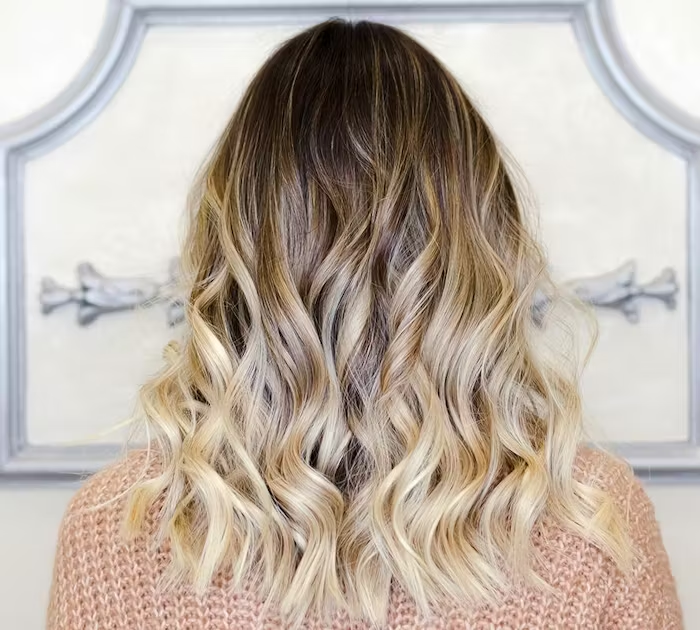
Balayage Basic Differences
Balayage is just a fancy French word that means “sweeping”, and refers to sweeping a color or lightener on the hair freehand. In contrary to foil highlights, there is no foil involved and the hair is not wrapped in anything, the lightener processes in open air. Balayage can be placed close to the roots with a focus on increased brightening along the mid-lengths and ends. The result is a soft, natural-looking effect that requires much less maintenance. Because balayage is a less structured method of application, the grow-out can be less obvious, without a harsh line of demarcation. Touching up balayage highlights can range from 3 to 6 months, while traditional foil highlights are maintained about every 6-8 weeks.
Differences between foils and balayage should be better understood now. Which one should you do? The answer isn’t black and white (or even brown and blonde). The answer is more about how you want your highlights to look and how much maintenance you’re willing to do. Now that’s what we call enlightenment...
Learn more about balayage and balayage techniques on our in-depth balayage specifications page.
